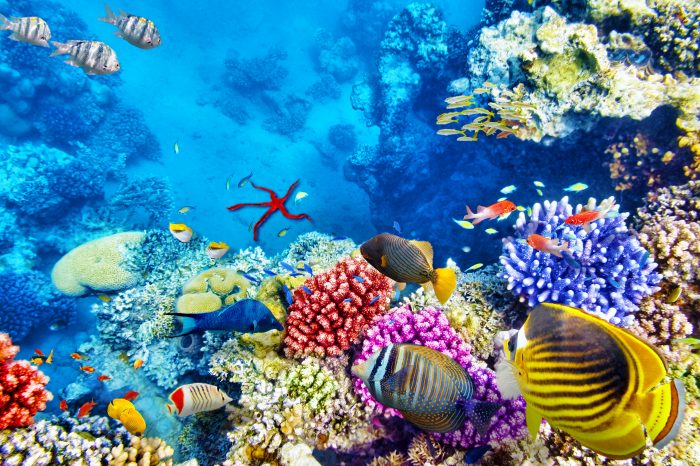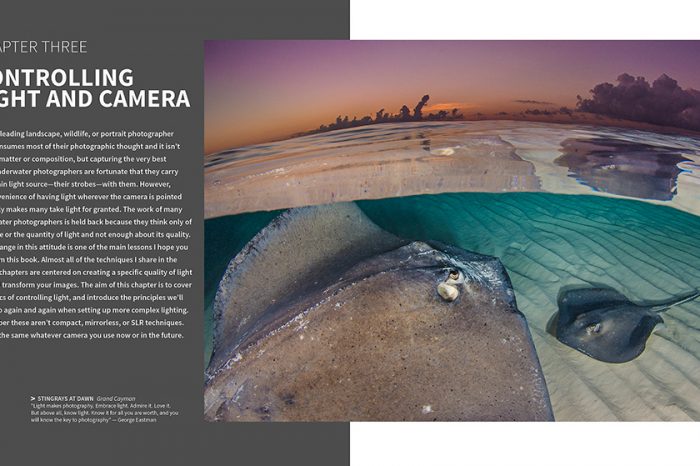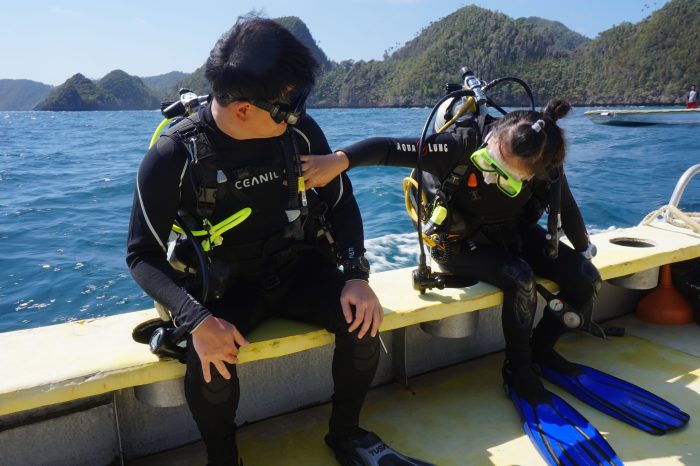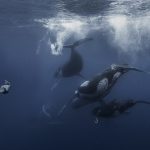Pepe Arcos: Becoming a Freediver and Freediving Filmmaker
What is it that makes one want to push human boundaries and enter an unknown, untamed world, on a single breath? To glide freely through incredible encounters with whales in Tonga; between ancient wrecks of the Red Sea; into dark corners and jungle openings of Mexican cenotes. Freediving, it’s more than just an extreme sport. It’s a mindset, a philosophy that drives those who are voluntarily pulled into it to push limits deeper, and experience what few ever get the chance to.
Pepe Arcos, previous competitive freediver and now freediving filmmaker, gives UW360 an insight into the incredible human journey of what it takes to become a freediver, alongside what keeps him revisiting that world below the waves and his unwavering passion to document it:
As a past competitive freediver, when, and what, was the moment that you fell in love with the ocean?
I remember the first time I jumped into the Mediterranean sea at the age of eight, with a mask, snorkel and fins. I felt something quite unique and could not stop thinking about the next summer to do it again and again. I didn’t feel any pressure in my ears so since I was a kid I have been able to dive down while my friends struggled a little bit more.
But as an adult I can say that the Red Sea changed my whole life, turning exploring the ocean into a complete passion.
What initial steps did you take to get into freediving?
I started freediving a long time ago; it’s been 10 years already. I joined a course in Tenerife to learn the basics and did a lot of Internet research. In Tenerife I met an amazing group of friends that encouraged me to keep on learning and training. Back in my home city, I joined a training group and met my friend Rafa Serrano, who became my mentor and was always a reference in the sport. The rest is history!
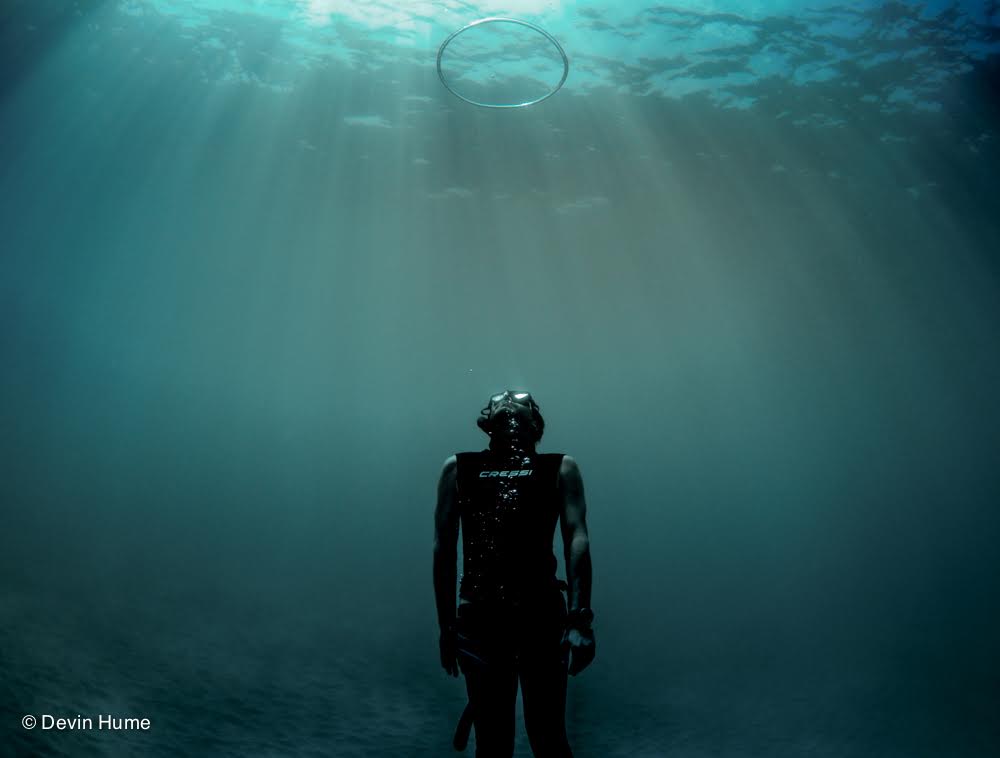
“My main effort is to always link freediving with pleasant thoughts and enjoyment.”
To start with, did you face any challenges?
I could say that the main challenge in competitive freediving is to find the right time to focus 100 percent on training and performance. This sport, at a higher level, requires dedication and slow progression. Also the psychological part involved is critical. My main effort is to always link freediving with pleasant thoughts and enjoyment. During a deep training preparation sometimes the demanding dives make you question why you do it. My answer is always the same: because I love the sensations that I feel and the idea that I’m exploring an unexplored world.
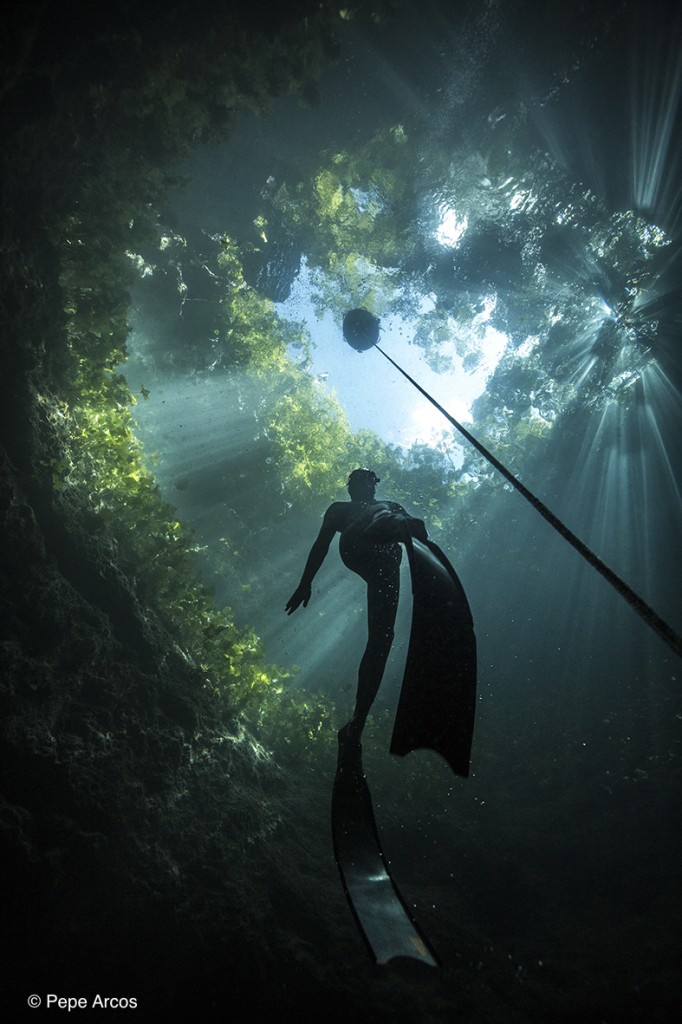
To glide freely through incredible encounters with whales in Tonga; between ancient wrecks of the Red Sea; into dark corners and jungle openings of Mexican cenotes.
Do you have a particular technique or method that you use to prepare for a dive?
When I was in competitions, my main two disciplines were “Dynamic with Fins” and “Constant Weight”, both with the monofin. So I spent lot of time training technique and efficiency in the usage of the monofin. My main training strategy worked on the three axes of CO2 tolerance, acid lactic tolerance, and low level of O2 adaptation.
When underwater, is there anything in particular that you focus your mind on?
The last breaths above the waves help me to find a calm state of mind; once underwater I try to make my mind go into a meditative state. I was practising zen meditation for several years prior to freediving, and I find lots of things in common with the state of mind that you go into in both practices.
Is there a single dive that stands out in your memory?
So many… I can’t say. I think every year I enjoy the oceans more and more. I have a very romantic memory of a moment after a deep training in the Blue Hole, in Dahab, Egypt: I used to save a “moment for myself” in the shallow waters where I would observe the beauty of the underwater world around me. But I could talk for hours about how special it was to freedive with whales in Tonga, the amazing wrecks of the Red Sea, night mantas of Hawaii, cenotes in Mexico…
Now freediving as a filmmaker, you recently released Pressure, which documents the radical psychological challenge of freediver Miguel Lozano. Is there a certain message that you want viewers to take from the film?
My main motivation to film this project was to show the world behind the records. Miguel and other top athletes are required to make an enormous effort to reach these outstanding achievements. It is extremely complex because they don’t have big brands behind them and the preparation is extremely difficult.
I also wanted to take away the myth of “super humans” surrounding freediving and to present a very human story of sacrifice, effort and passion.
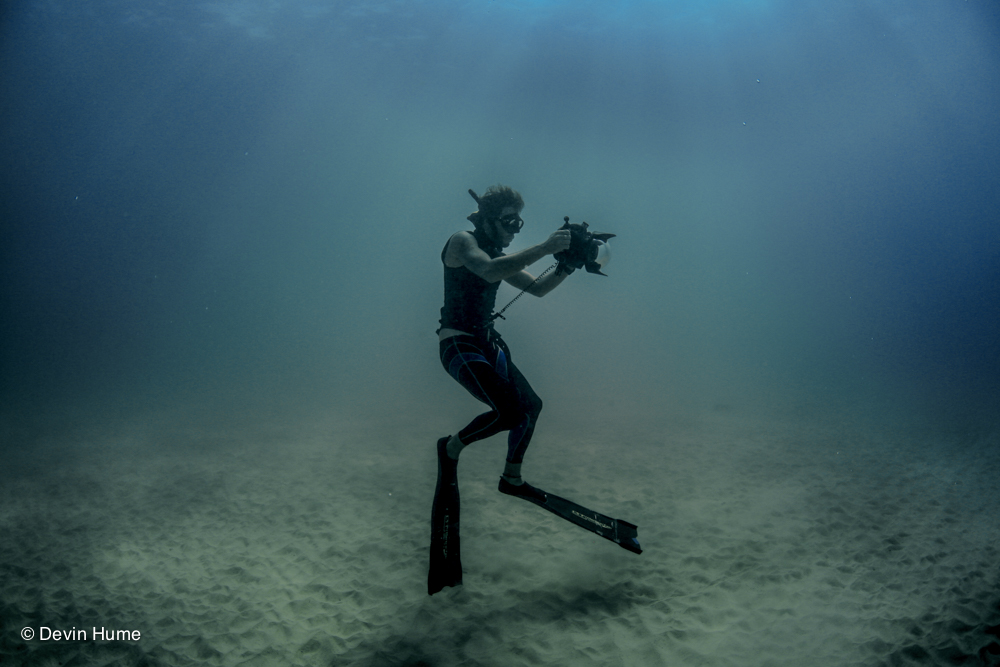
“For me it is quite natural filming on a breath-hold and I do like it, but long sessions are physically demanding.”
Were there any difficulties that you encountered whilst filming, especially filming on breath-hold?
For me it is quite natural filming on a breath-hold and I do like it, but long sessions are physically demanding. The main difficulty for me is that with the camera movements and my brain activity while freediving, my normal breath-hold is reduced by half. So I struggle much more with the camera than without.
Are there any advantages/disadvantages of filming on breath-hold compared to scuba?
The advantage is the freedom of movement. I can, for example, dive from the surface to 25 metres and then come up again, following the freediver very closely. It gives me more creative freedom, and I can think more in terms of cinematic movements.
Also, I can put the camera wherever I want, and of course never worry about decompression or diving times.
Obviously, the main disadvantage is the short shooting times. But I can do many of those short shoots!
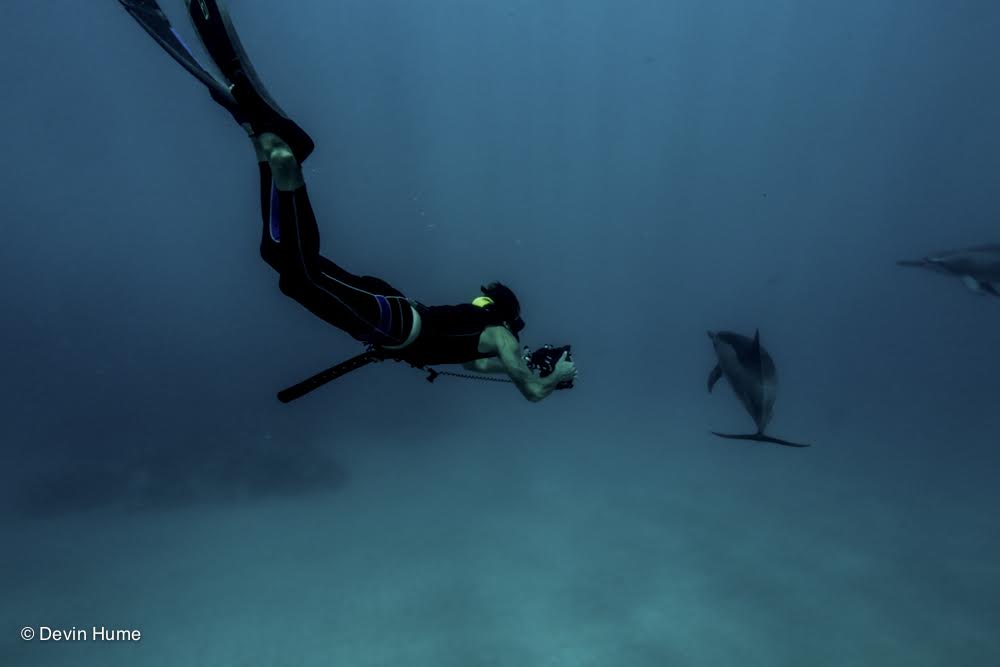
“Freediving is for everybody, and diving free in the ocean is one of the most natural, but amazing ways to feel the freedom and wildness of this aquatic world.”
The film focuses strongly on the emotional journey and intense preparation of Miguel Lozano, as opposed to the world record itself. Can you explain why you chose to focus on the human story?
My main topic in my photographs and films is human relationships with the oceans, and my specialty is freediving. I remember being unhappy with other freediving films that only show the big heroes that stand as abstract gurus with this emotional orchestral music in the b
ackground.
These people are humans. They have decided to push the boundaries, and yes, they are unique, but for me it is more important to talk about the effort and sacrifice that they make in order to achieve the great milestones in our sport. It is not easy but with the right motivation and dedication, anything is possible.
What was Miguel like moments before the attempt? Can you describe his preparation?
When I arrived, he was in the last part of the training before the attempt. The dives were always below 100 metres.
Santiago Jakas was coaching Miguel to follow a very strict daily routine that consisted of stretching sessions twice a day, deep dive schedules, and resting days after a big training session. Every day was the same: eating in the same restaurant and being absolutely focused on the training without distractions.
Before the attempt, Miguel was feeling weak due a stomach problem three days earlier, but he decided to attempt the record even knowing that he wasn’t 100 percent.
I was very impressed to see him reaching the target depth, and thinking that I could probably never be that mentally strong. I really admire the way he prepared himself, maintaining a humble spirit all the time, but with super strong determination. It was very impressive to witness.
What does it take to become a freediver?
First you should share our passion for the sea and the aim to explore the ocean. Then, following the steps of the freediving educational programmes and joining accredited courses will give you foundational knowledge in all the aspects of the sport and how to do everything in the safest way – which is the most important thing to learn.
Freediving is for everybody, and diving free in the ocean is one of the most natural, but amazing ways to feel the freedom and wildness of this aquatic world.

PRESSURE
Pressure is a short semi-biographical film featuring the underwater journey of world-famous Catalan freediver Miguel Lozano to 123 metres under the surface of the ocean.
PRESSURE from Sea Dragons on Vimeo.

